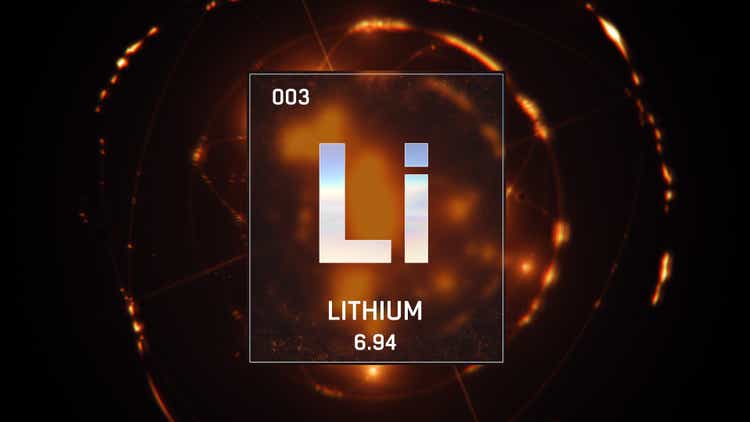
European Metals Holding (OTCQX:EMHLF) (OTCPK:ERPNF) is a relatively little-known company developing world-class lithium-tin deposit in the Czech Republic. The project has good economics, the company is well funded and it has a strong partner in

European Metals Holding (OTCQX:EMHLF) (OTCPK:ERPNF) is a relatively little-known company developing world-class lithium-tin deposit in the Czech Republic. The project has good economics, the company is well funded and it has a strong partner in
Peter Arendas is an associate professor at the University of Economics in Bratislava. He has over 15 years of investing experience. Peter specializes in covering small and mid-cap companies in the resource sector with an in-depth insight into the precious and industrial metals royalty & streaming industry.
Peter is the leader of the investing group Royalty & Streaming Corner where he offers in-depth analysis of long-only investment ideas, actionable research, model portfolios, discussions of the latest news, and direct access for questions in chat. Learn More.
Analyst’s Disclosure: I/we have a beneficial long position in the shares of EMHLF, ERPNF either through stock ownership, options, or other derivatives. I wrote this article myself, and it expresses my own opinions. I am not receiving compensation for it (other than from Seeking Alpha). I have no business relationship with any company whose stock is mentioned in this article.
Seeking Alpha's Disclosure: Past performance is no guarantee of future results. No recommendation or advice is being given as to whether any investment is suitable for a particular investor. Any views or opinions expressed above may not reflect those of Seeking Alpha as a whole. Seeking Alpha is not a licensed securities dealer, broker or US investment adviser or investment bank. Our analysts are third party authors that include both professional investors and individual investors who may not be licensed or certified by any institute or regulatory body.